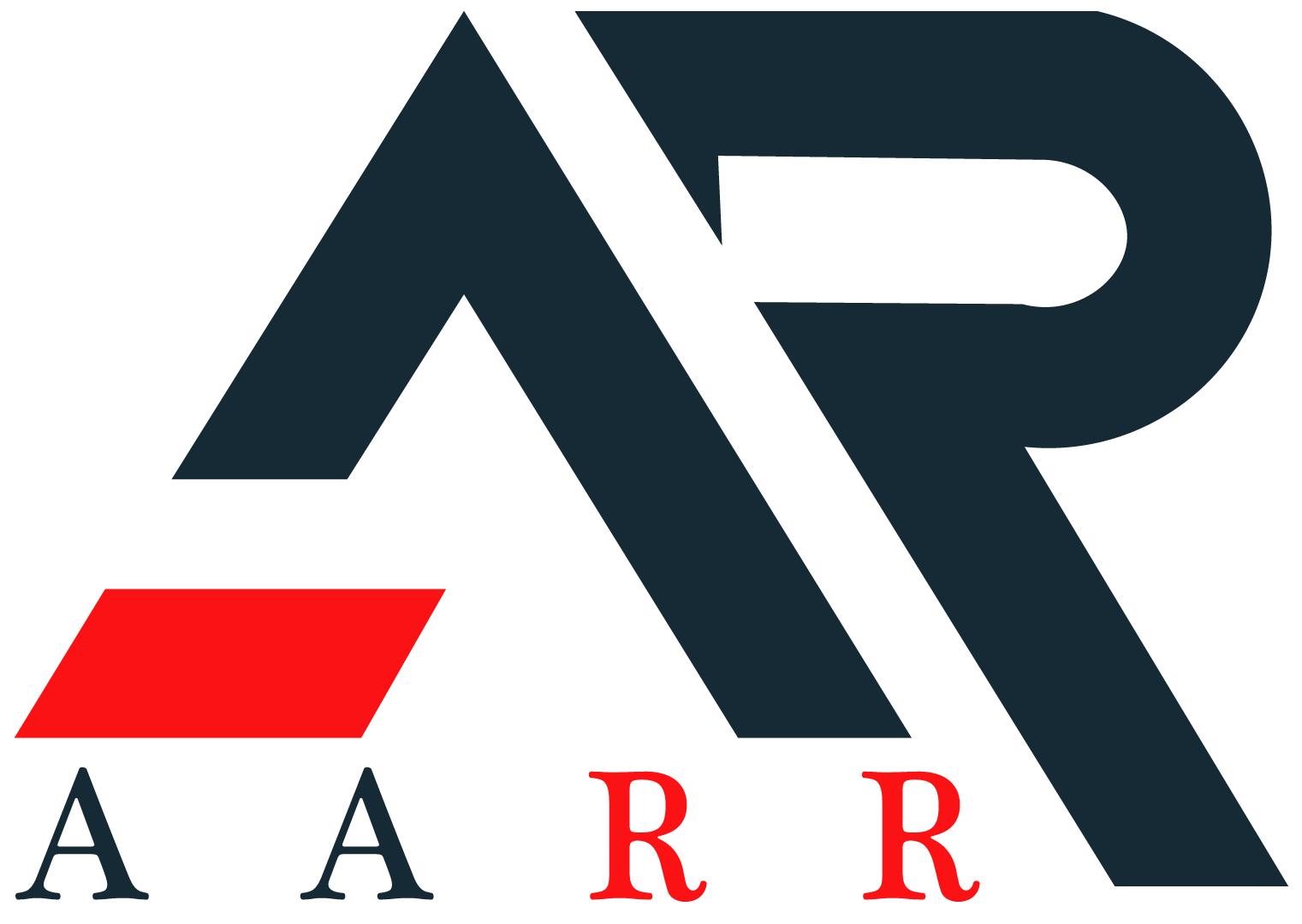In today’s digital-first world, where websites, apps, and online services dominate our interactions, one thing stands out: user experience (UX) design. It has become the backbone of all successful digital products and services. But what exactly is UX design, why is it important, and how does it shape the way we interact with technology? This blog will take a deep dive into the world of UX design, unraveling its purpose, principles, and processes.
What is UX Design?
User Experience (UX) Design refers to the process of designing digital (and sometimes physical) products that offer meaningful and relevant experiences to users. At its core, UX design focuses on understanding the user’s needs, behaviors, and motivations to create solutions that are not only functional but also enjoyable and efficient.
The term “user experience” was first coined by Don Norman, a cognitive scientist and usability expert, in the 1990s. Norman defined it as encompassing all aspects of a user’s interaction with a company, its services, and its products. This broad definition shows that UX is not just about visual design—it includes usability, accessibility, and even emotional connection.
The Core Elements of UX Design
To understand UX design fully, it’s essential to break it down into its key elements:
- User-Centric Approach
UX design places the user at the center of the process. The goal is to create designs that resonate with users by addressing their pain points and enhancing their experience.
- Information Architecture (IA)
Information architecture involves organizing and structuring content in a way that makes it easy for users to navigate and find what they need.
- Interaction Design (IxD)
This focuses on creating intuitive interactions between users and digital interfaces. It ensures that actions like clicking, swiping, and scrolling feel natural and seamless.
- Visual Design
While UX is not purely visual, aesthetics play a significant role. Good UX design balances form and function to create visually appealing interfaces that enhance usability.
- Usability Testing
A major part of UX design involves testing prototypes or products with real users to identify problems and refine solutions.
- Accessibility
Ensuring that designs are inclusive and usable for people with disabilities is a crucial aspect of UX. This involves features like screen-reader compatibility, high contrast visuals, and keyboard navigation.
Why is UX Design Important?
The impact of UX design is far-reaching, and its importance cannot be overstated:
- Improves User Satisfaction
When users find a product easy and enjoyable to use, their satisfaction increases, leading to better reviews and loyalty.
- Increases Conversion Rates
Well-designed user experiences guide users seamlessly through a process, making it more likely for them to complete desired actions like making a purchase or signing up.
- Reduces Costs
Investing in UX design from the start minimizes costly revisions and reduces the need for constant troubleshooting after launch.
- Strengthens Brand Image
Consistently providing excellent user experiences strengthens a brand’s reputation and fosters trust.
- Encourages Repeat Use
Users are more likely to return to a product or service if the experience is smooth and intuitive.
The UX Design Process
1. Research and Discovery
Every UX project begins with understanding the target audience. This includes conducting user interviews, surveys, and competitive analysis to identify user needs and expectations.
2. Define Goals and Requirements
Based on the research, designers define the project’s goals and create personas that represent the target audience. This ensures that every design decision aligns with user needs.
3. Wireframing and Prototyping
Wireframes provide a blueprint of the layout and structure, while prototypes allow designers to test interactions and workflows. These are essential steps to visualize and refine the user journey.
4. Testing and Feedback
Prototypes are tested with real users to gather feedback. This iterative process ensures that the design is user-centered and meets expectations.
5. Implementation and Refinement
After testing, the design is handed off to developers. Even during implementation, UX designers collaborate with the team to ensure that the final product matches the design vision.
Also read about – Balancing Aesthetics and Functionality in UI-UX Design
Principles of Good UX Design
- Keep it Simple
Users should be able to accomplish their goals with minimal effort. Avoid clutter and focus on essential features.
- Consistency is Key
Consistent design elements, such as fonts, colors, and button styles, create a cohesive experience.
- Prioritize Accessibility
Make sure that all users, regardless of ability, can easily navigate and interact with your product.
- Provide Feedback
Let users know when an action has been completed successfully or if there’s an error that needs attention.
- Stay User-Focused
Continuously test and iterate based on user feedback to ensure that the design evolves with their needs.
The Future of UX Design
The field of UX design is constantly evolving as technology advances. Emerging trends such as voice interfaces, augmented reality (AR), and artificial intelligence (AI) are shaping the way designers think about user experience. Personalization, emotion-driven design, and sustainability are becoming central themes as UX continues to focus on creating more human-centric solutions.
As businesses increasingly compete on the quality of user experience they offer, UX design will remain a vital part of creating products that resonate with people.
Conclusion
UX design is more than just creating beautiful interfaces—it’s about understanding users and crafting experiences that meet their needs and exceed their expectations. From research to implementation, UX design ensures that digital products are functional, accessible, and delightful to use. Whether it’s a website, mobile app, or software platform, good UX design bridges the gap between technology and humans.
If you’re looking to elevate your business through cutting-edge digital solutions, Aarrsol Pvt Ltd offers expert services in UX design, helping brands create exceptional user experiences that drive success. Reach out today and let us transform your ideas into meaningful designs!

